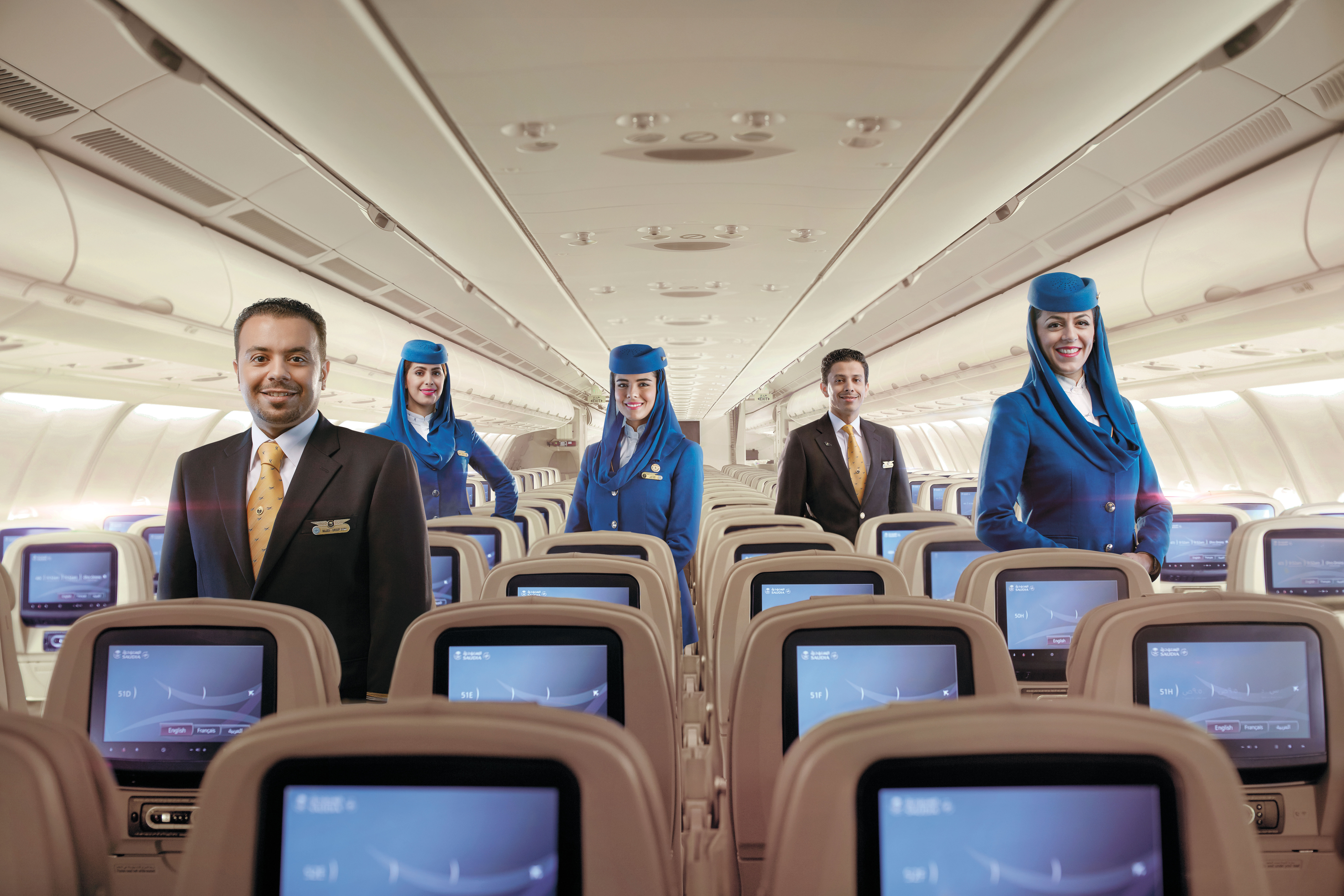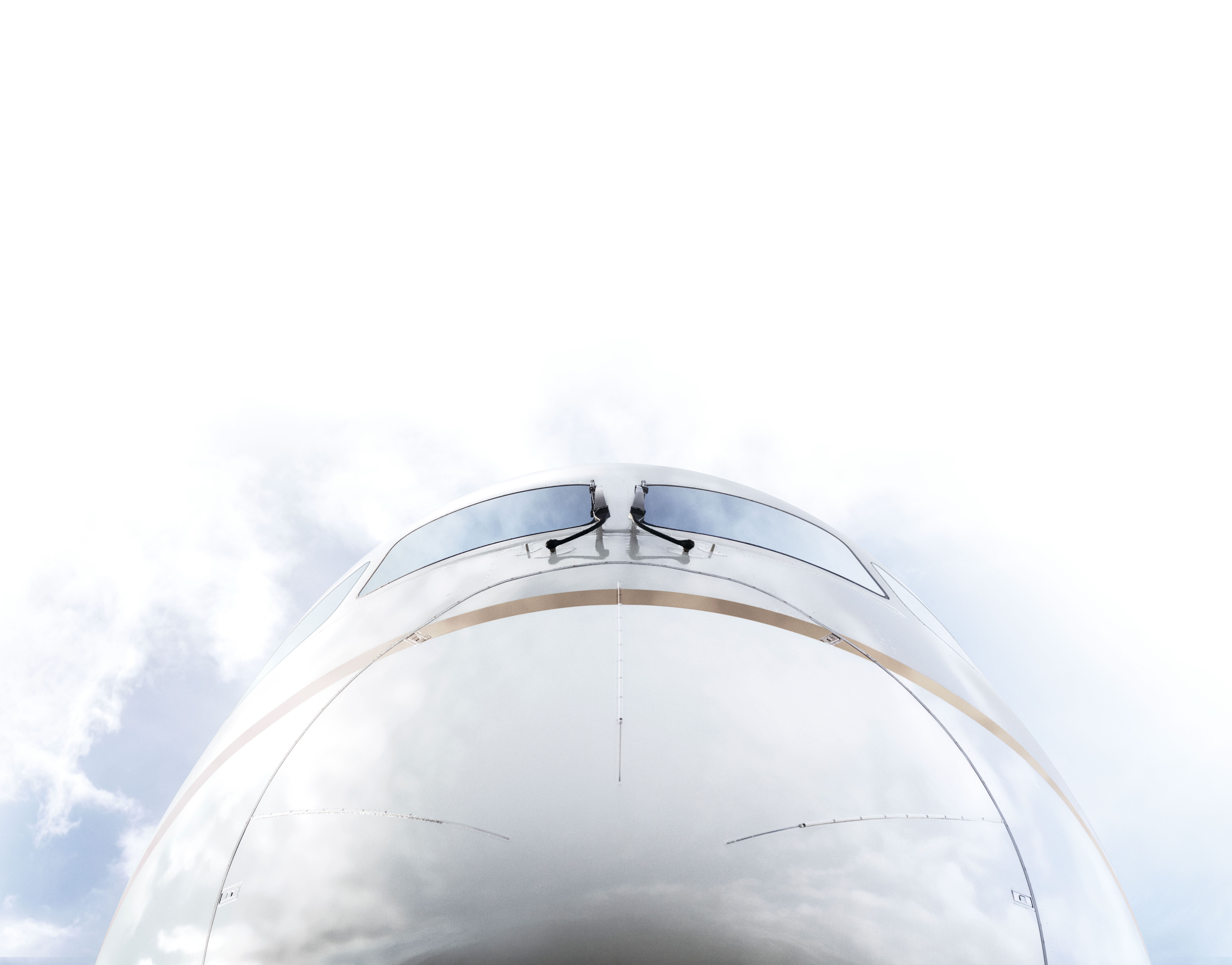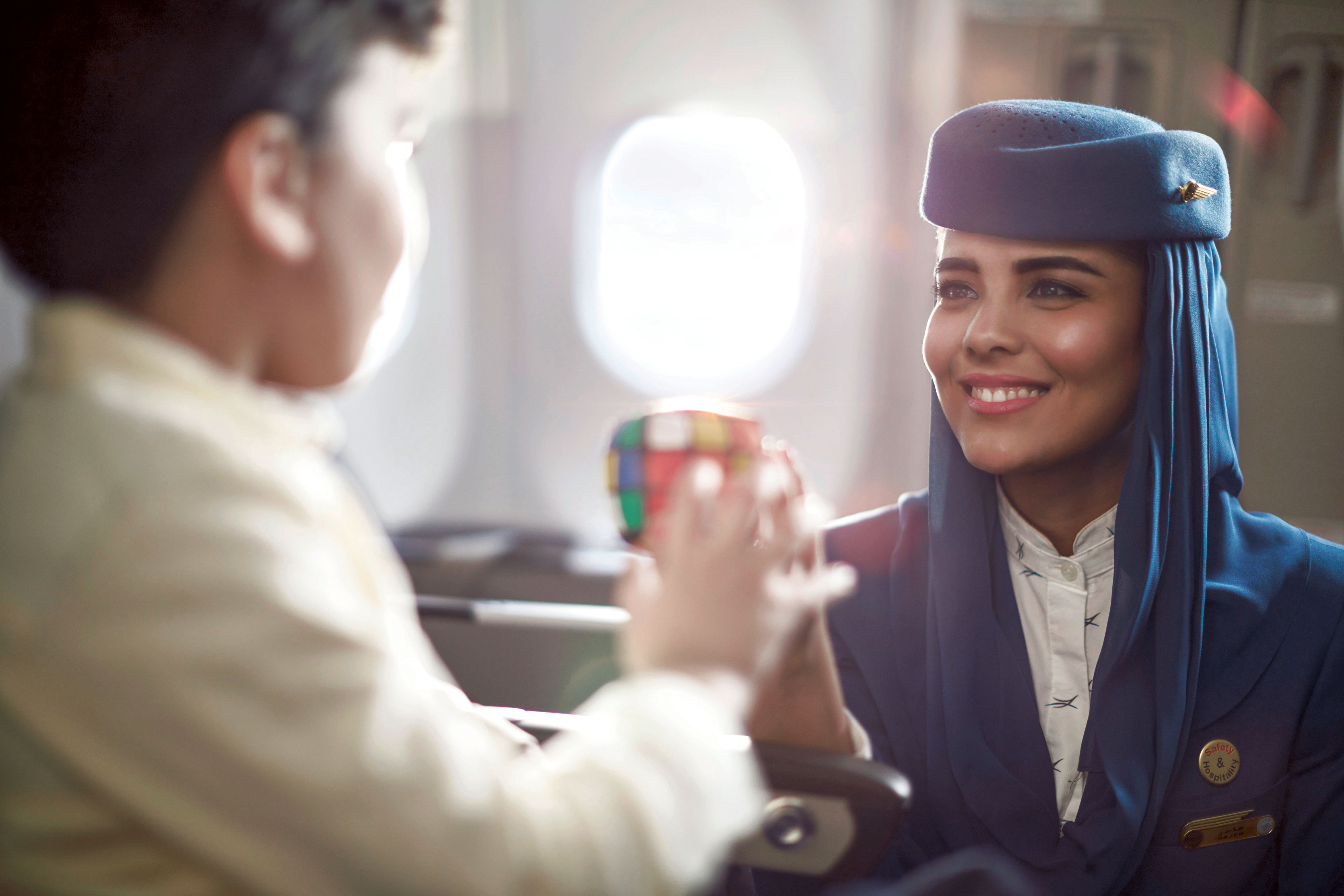SAUDIA, the Wings of Vision 2030
01 May 2022•
Speak to any organization or company in Saudi Arabia, and they are more than aware of the Saudi Vision 2030. And then there are companies like SAUDIA (formerly, Saudi Arabian Airlines) that realize that the successful realization of Vision 2030, also requires a significant transformation of the airline itself. SAUDIA has decided to embrace this challenge, and have spent much of the past few years developing an ambitious corporate strategy aimed at cementing its position as the enablers, or “the wings of Vision 2030”.

The Vision 2030 has already made it clear what SAUDIA must be able to do. By 2030, SAUDIA and a handful of other local airlines, will have to facilitate 100 million visitors a year, encompassing both domestic travelers and international travelers to experience a part of Saudi Arabia they have not yet seen or tasted. In 2019, Saudi facilitated approximately 45 million visits, and SAUDIA airlines carried nearly 37 million passengers. In effect, the airline’s growth trajectory must look similar to the growth trajectory of the Vision 2030 - which is to double or triple passenger traffic capacity by 2030. This by itself, would be a formidable feat for any airline in the world today.
Though few outside of the region or industry would be familiar with SAUDIA’s offering, the Saudi domestic travel market and the religious tourism market related to Mecca and Medina, have helped create a sleeping giant in its own right. Due to Saudi Arabia having a geographic area roughly the size of Western Europe, the domestic air travel market alone is a major market for SAUDIA. In 2019, SAUDIA transported nearly 37 million passengers, not far from British Airways 44.5 million passengers. The difference between these airlines of course, is that SAUDIA has barely scratched the surface of global brand recognition and does little to no “super-connector” flights between the East and West, that have helped build-up passenger traffic on airlines such as British Airways, Emirates and Qatar Airways. Though SAUDIA does work in the transit market today, the primary focus for SAUDIA has been, up until recently, to focus on providing domestic and international origin-to-destination (O&D) flights, largely serving the religious tourism clientele. In 2019 alone, SAUDIA was the main carrier entrusted with transporting the 19 million Hajj and Umrah pilgrims into and out of the Kingdom. Those 19 million passengers alone would be enough to surge SAUDIA’s passenger capacity beyond that of the likes of Singapore Airlines, Swiss Air or Etihad.
Fast forward 8 more years to 2030, and SAUDIA is expected to be the carrier of choice for over 30 million pilgrims annually, and an additional 70 to 80 million visitors looking to explore the smorgasbord of tourist offerings in the Kingdom. Airports in the country are expected to cater to over 330 million users. The new Jeddah Hub (KAIA), which also acts as SAUDIA’s headquarters and hub, launched in 2018-2019 and is expected to increase connectivity. The Jeddah Hub will no doubt help facilitate SAUDIA competing for some of that international connection flight passenger traffic for the first time in the airlines 75 year history. As for the airports in the Kingdom, the country has been on a massive expansion drive, having grown from 28 to 35 airports in just a handful of years, and the Saudi Minister of Transport has publicly committed to an additional $133 billion USD in investment towards the development of additional airports, seaports, rail and other transport logistics infrastructure projects by 2030.


SAUDIA has bullish plans to expand its network, having announced 10 new destinations already in the first quarter of 2022. In a recent CNN interview, SAUDIA’s CEO, Captain Ibrahim Koshy, stated his interest to grow SAUDIA’s global network to 135 destinations as soon as global demand would allow. Captain Koshy has also not been shy in declaring to the world that he wishes to lead SAUDIA to become a Top 5 global airline before the end of the decade. Should SAUDIA truly wish to become the wings of Vision 2030, play host to the vast majority of the 100 million visits, and become a Top 5 global airline in the coming years – then global destinations, connectivity and passenger traffic are only half the equation.
It seems that SAUDIA isn’t looking to pivot strategies and become a transit stop on long-haul flights between continents like its’ neighboring airlines, though it might benefit from that on occasion. When asked, ‘why not?’ Captain Koshy explains that there seem to be enough carriers doing that, and SAUDIA wants to focus on its unique mission to serve its niche, large existing and fast-growing customer base: local Saudis and religious tourists. When you consider the 35 million local Saudis and the 30 million religious pilgrims traveling to Saudi Arabia each year by 2030 – those two customer segments alone require SAUDIA’s royal treatment, that no other airline is in a better position to deliver.
Becoming a top 5 global airline means completely leveling-up many processes and standards within the company. This starts with digitizing and modernizing their customer experience, creating seamless ticket-sales and a customer digital app, ensuring competitive loyalty and rewards programs, providing best-in-class inflight passenger service through various training programs for their crew, and even spearheading the drive for Saudi women to start careers as flight attendants – something that was impossible a few years prior. Many years ago, SAUDIA started a Top 5 Training program, which rewarded the Top 5% of the airlines cabin crew by giving them additional VIP level hospitality training. Today, all new cabin crew are trained at this caliber. By the end of this year, SAUDIA will also have the fastest online internet on offer by an airline, no small perk if you ask any frequent flyer.
SAUDIA also sees its job as “bringing Saudi to the World”, and to do it exceptionally well with a very unique Saudi Arabian look and feel.” They are delivering on that promise in the smallest of ways, such as the customized face masks designed and provided on all SAUDIA flights during the pandemic, each of them fashionable and uniquely designed to represent a specific region of Saudi Arabia. “They were beautiful, almost collectable. When I was walking around the city, I was surprised to find many people wearing these masks in the streets!” remarked a recent passenger.
A consultant that regularly travels to Saudi Arabia and across the region noted that “SAUDIA’s in-flight Arabic mezze platter rivals the best I’ve tasted across the Middle East, with a notable cashew hummus that came with saffron. I asked the crew about the dish, and the Saudi stewardess told me that it was a specialty from a particular region of Saudi Arabia. I was very impressed.” Again – the attention to detail here is subtle, yet powerful.
As an aside – this sight alone, of a Saudi female stewardess working on a SAUDIA flight speaking to and serving passengers would have been impossible a few years prior. Until 2019, Saudi women were ineligible for stewardess and cabin crew careers, only foreign women were hired and trained for these roles. Nearly three years ago, SAUDIA began training women to become not only in-flight stewardesses for the first time, but also trained women for roles in ground control, customer service, pre-flight procedures, and health
& safety and operational roles. Today, thousands of applications have been submitted by Saudi women eager to take to the skies.
SAUDIA, like the Kingdom as a whole, has also taken health & safety (H&S) very seriously during the pandemic. The Alfursan Jeddah Lounge that was opened at Jeddah Airport recently is the world’s largest sky team lounge; it also happens to be the world’s first lounge with an APEX H&S Rating. Over 30 airlines around the world have achieved this APEX H&S rating for in-flight services, but this is the first instance where a lounge has applied for the same certification. The Saudis re-imagined the lounge experience across 61 H&S measures and implemented various changes. Now robots deliver lounge guests their food for a hands-free food delivery experience, and the buffet has been swapped out for a culinary a la carte menu, with a Chef dining experience that both elevates the visitor experience while ensuring maximum hygiene.

As SAUDIA begins to welcome more and more foreigners on its flights, it seems to be taking a page out of the Kingdom’s overall playbook, and partnering with globally recognizable brands in order to bring familiarity and comfort to the Airline, where many may feel unfamiliar. Today SAUDIA has a partnership with Lifebuoy for sanitizers and wipes.
Whatever SAUDIA is doing, it seems to be working on some level. In 2020, SAUDIA was awarded “The Most Improved Airline Award” by Skytrax, giving the airline a major vote of confidence. Captain Koshy has also said that there has been a vote of confidence expressed by the financial industry as well, when six banks came together to pull together the largest financing deal, valued at over $3 billion USD) in the airlines history in order to expand the airlines fleet to meet future demand. For now, it looks like the skies are clear for SAUDIA, and the only way forwards is up.


%2Fuploads%2Fsaudi-tourism%2Fsaudi-tourism-cover.jpg&w=3840&q=75)